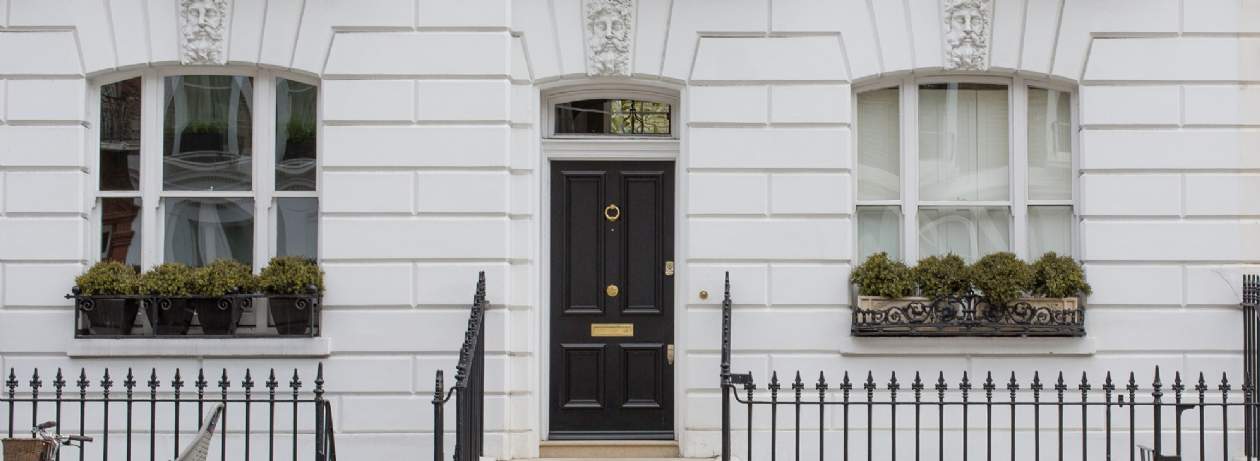Our latest research update examines the implications of the recent budget for the housing market and includes our updated mainstream house price forecasts.
Budget reflections & new house price forecasts
October was dominated by speculation about what might or might not appear in the Budget. That prompted a pick-up in transactional activity as buyers sought to get ahead of any tax rises. However, uncertainty about what might be around the corner kept a lid on price growth.
So, while data from TwentyCi indicates market activity was at its second strongest since May 2022, the Nationwide showed little if any house price growth over the month; with annual house price growth coming in at 2.4%.
Budget measures
The Budget itself brought an increase in the stamp duty surcharge for those buying investment property or second homes in England and Northern Ireland, with an additional 5% now payable on top of the underlying stamp duty liability (up from 3%).
Inheritance tax thresholds remained unchanged, and will do so until at least 2030, meaning more people are likely to be brought within the ambit of the tax over the next 5 years; a potential prompt for many to consider downsizing in their later years.
More generally, a Budget that accommodates more government spending through a combination of relaxed borrowing rules and higher taxation has the potential to temper the pace of interest rate cuts.
Five year forecasts for the mainstream market
It is against this context that we released our mainstream house price forecasts for the next five years. The mainstream market refers to the majority of the housing market in the UK, driven by projections of affordability primarily for mortgaged buyers.
In summary, we are forecasting 4.0% house price growth in 2025 and 23% price growth in the next 5 years at a national level. This is on the back of an expectation of gradual falls in Bank base rate and corresponding mortgage rates, which progressively brings more mortgaged home buyers back into the market.
From a regional perspective we continue to expect price growth to be highest in the North of England and lowest in London and the South East where greater affordability constraints remain.
Rental review
The additional stamp duty surcharge, rental reform and increasingly stringent energy efficiency requirements are expected to limit any increase in activity among buy-to-let investors. The corresponding shortage in rental supply underpins our mainstream forecast for 5 year rental growth of 18%.
We saw annual rental growth ease further in October to x% according to Homelet, a figure we expect to be around 4.0% next year.
Prime markets
The Budget also brought confirmation of the abolition of the non-doms tax regime. That is likely to mean the sleeping giant that is prime central market is unlikely to fully awaken in the near term, despite a welcome flurry of activity immediately before the Budget - a timely reminder of its long term appeal.
Meanwhile out in the country we saw the IHT relief available on farmland curtailed , with proposals for 100% relief only to be available on the first £1m of wealth from April 2026 and 50% on the residue. But while diminished, farmland will remain one of few hedges against taxation. That is likely to sustain continued demand but it will inevitably prompt a resurgence in tax planning among rural landowners.
And with that in mind we will be reviewing our forecasts for the prime market – the most desirable and aspirational property by location, standards and value – over coming weeks, as we get a better handle on the market reaction to some of these changes. In the meantime, I hope you enjoy some of my selected reading below.
Articles from across Savills
Our initial thoughts on what the Autumn Budget means for the residential property market.
Residential property forecasts and trends
Our latest quarterly updates offer a concise overview of prime price movement and forecasts, plus the property trends that will help to guide your next move.
